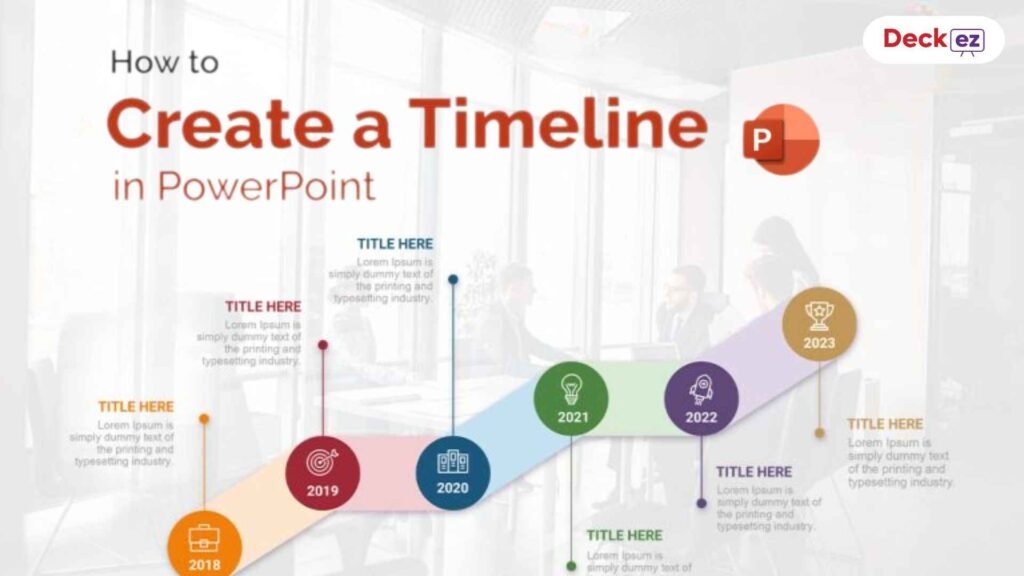Introduction
Effective communication is the lifeblood of any successful business. Whether it’s securing funding, winning over clients, or rallying your team, the ability to articulate your message clearly and persuasively is paramount. Everyone has the same question: How do presentation or pitch deck design agencies know their slides are tailored to the appropriate times when creating presentations and pitch decks? What is the secret? This blog explores the secrets and differences between two key communication tools: pitch decks and presentations.
What is a Pitch Deck?
A pitch deck, often used by startups and entrepreneurs, is a concise presentation specifically designed to secure funding or partnerships. It tells a compelling story about your business, highlighting its potential for success and growth.
Click here for detailed information about What is a Pitch Deck & How to Create.
Typical Audience: Investors, venture capitalists, potential partners.
Structure and Content:
- Problem: Clearly define the problem your business solves and the market need it addresses.
- Solution: Introduce your innovative solution and how it addresses the identified problem.
- Market Opportunity: Demonstrate the size and potential of the market you’re targeting.
- Business Model: Explain how your business will generate revenue and achieve profitability.
- Financial Projections: Showcase your financial forecasts for future growth and profitability.
- Team: Highlight the expertise and experience of your team, demonstrating their capabilities.
What is a Presentation?
Presentations, on the other hand, have a broader range of uses. They can be employed for internal meetings, conferences, sales pitches, training sessions, and more. The purpose and audience dictate the specific content and structure.
Typical Audience: Can vary widely, including colleagues, clients, potential customers, or a general audience.
Structure and Content:
Presentations offer a more flexible structure than pitch decks. However, some common elements include:
- Introduction: Grab attention, introduce yourself and your topic, and state your presentation’s objectives.
- Main Content: Deliver the core information, using visuals and storytelling to engage your audience.
- Conclusion: Summarize key points, leave a lasting impression, and provide a call to action (CTA).
Difference Between a Pitch Deck and a Presentation
| Feature | Pitch Deck | Presentation |
|---|---|---|
| Purpose | Secure funding or partnerships | Inform, educate, persuade (broad range of goals) |
| Audience | Investors, stakeholders | More flexible: colleagues, clients, general audience |
| Content Focus | Business strategy, market opportunity, financials | Can cover a wider range of topics depending on context |
| Design & Length | Concise, visually engaging (10-20 slides) | Can vary in length and design complexity |
Now, you doubt that at what situation to use a Pitch Deck and Presentation
When to Use a Pitch Deck
- Startup Funding: Seeking investment for a new business venture.
- Business Partnerships: Proposing a collaboration or joint venture.
- Project Proposals: Pitching a new project to secure funding or buy-in from stakeholders.
When to Use a Presentation
- Internal Meetings: Sharing updates, strategies, and plans with your team.
- Client Meetings: Presenting solutions, progress reports, or new ideas to clients.
- Conferences and Workshops: Disseminating knowledge or information to a broader audience.
Tips for Creating Effective Pitch Decks and Presentations
- Know Your Audience: Tailor your content and design to meet the needs and expectations of your audience.
- Clear and Concise Messaging: Focus on delivering your key points clearly and succinctly.
- Visual Appeal: Use high-quality visuals (charts, graphs, images) to enhance understanding and engagement.
- Practice Your Delivery: Rehearse your pitch deck or presentation to ensure a smooth and confident delivery, especially for pitch decks.
Conclusion
Understanding the distinctions between pitch decks and presentations equips you to select the right tool for your communication needs. Whether you’re seeking investment or educating your audience, mastering the art of crafting compelling presentations and pitch decks is crucial for achieving your business goals.
Do you have experience?Share your tips and success stories in the comments below!









